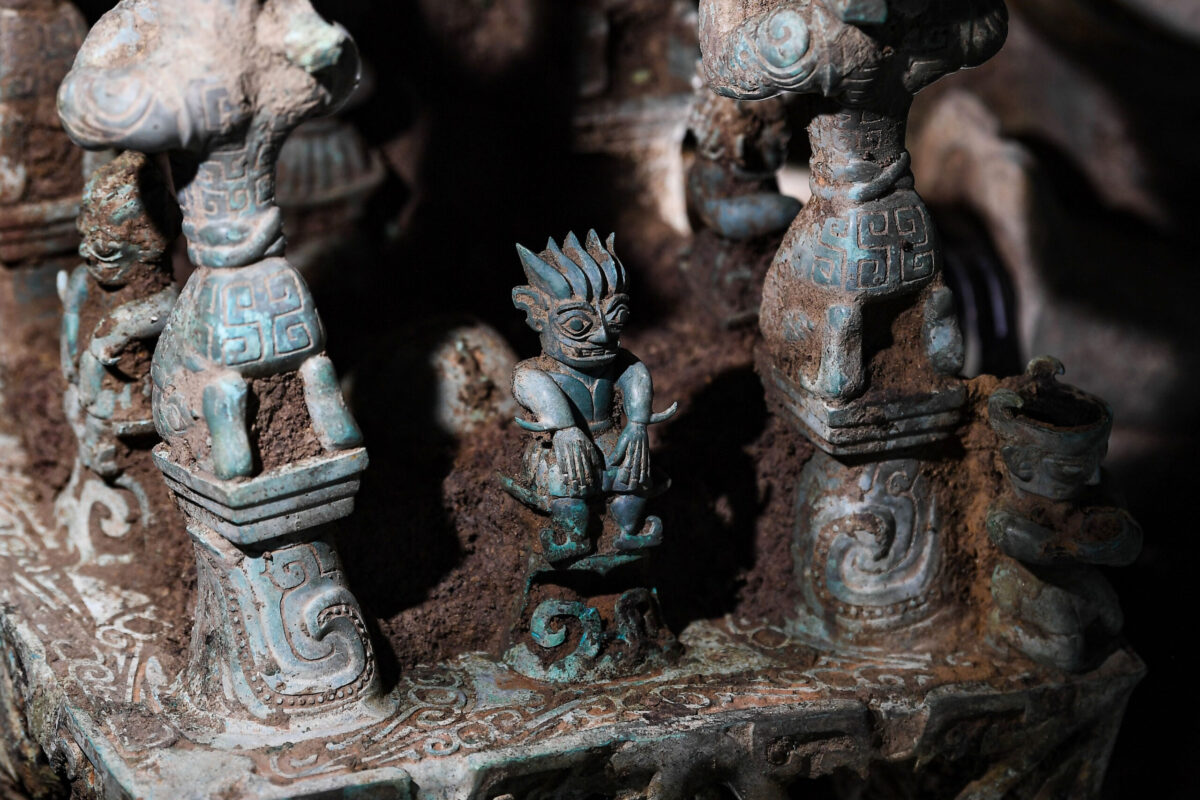- A bronze altar and a dragon with a pig’s nose; are among a trove of items discovered in sacrificial pits.
- Experts say the finds date back 3,000 to 4,500 years.
- Discovered in the late 1920s, Sanxingdui is one of the key Chinese archaeological sites.
Archaeologists at the Sanxingdui ruins in China’s southern Sichuan province reported a “major” series of discoveries on Monday. A bronze altar and a dragon with a pig’s nose; are among the artefacts uncovered in sacrificial pits; shedding new light on the ancient Chinese civilization’s buried secrets.
Archaeologists reported a “major” series of discovery at the Sanxingdui ruins in China’s southern Sichuan province.
Read More: Beijing hosts an exhibition
Thousands of things were discovered by a team of academics from Peking University and Sichuan University; including intricate bronze, gold, and jade pieces, as well as the “unique discovery” of ten bronzes. Experts say the discoveries date from 3,000 to 4,500 years ago.
Sanxingdui is an important Chinese archaeological site that was discovered in the late 1920s. Experts believe the jewels belonged to the ancient Shu Dynasty, which flourished for 2,000 years and dated back 4,800 years.
Read More: Pakistan’s cultural relics on display





















